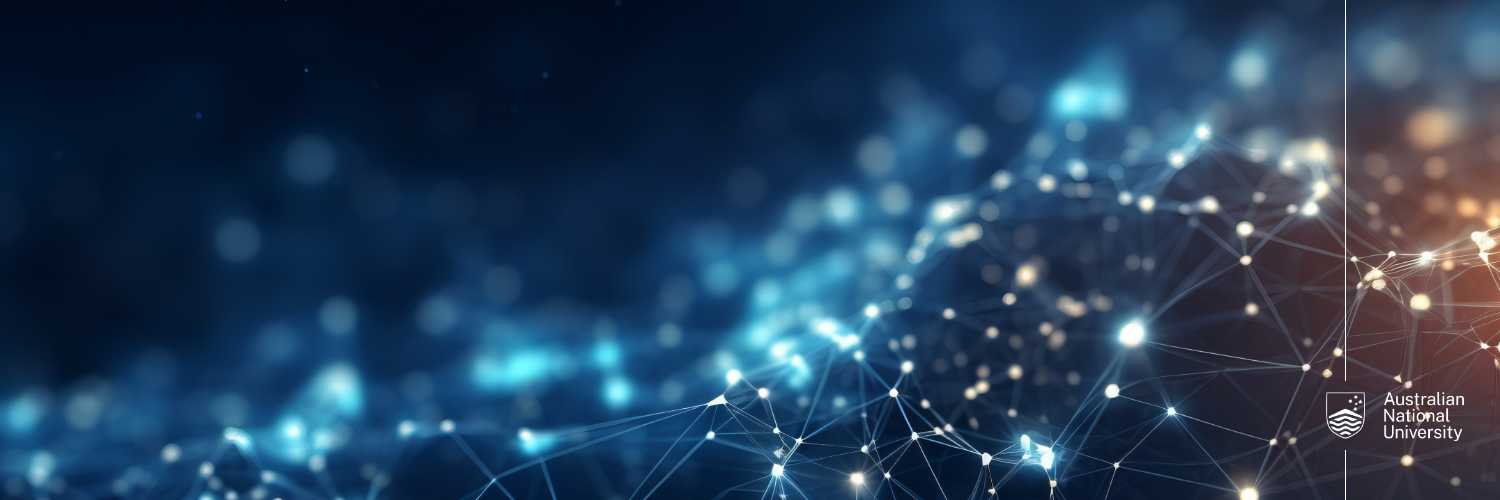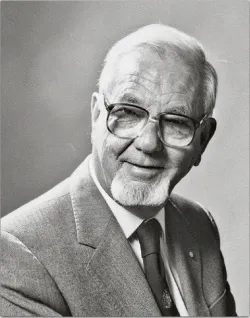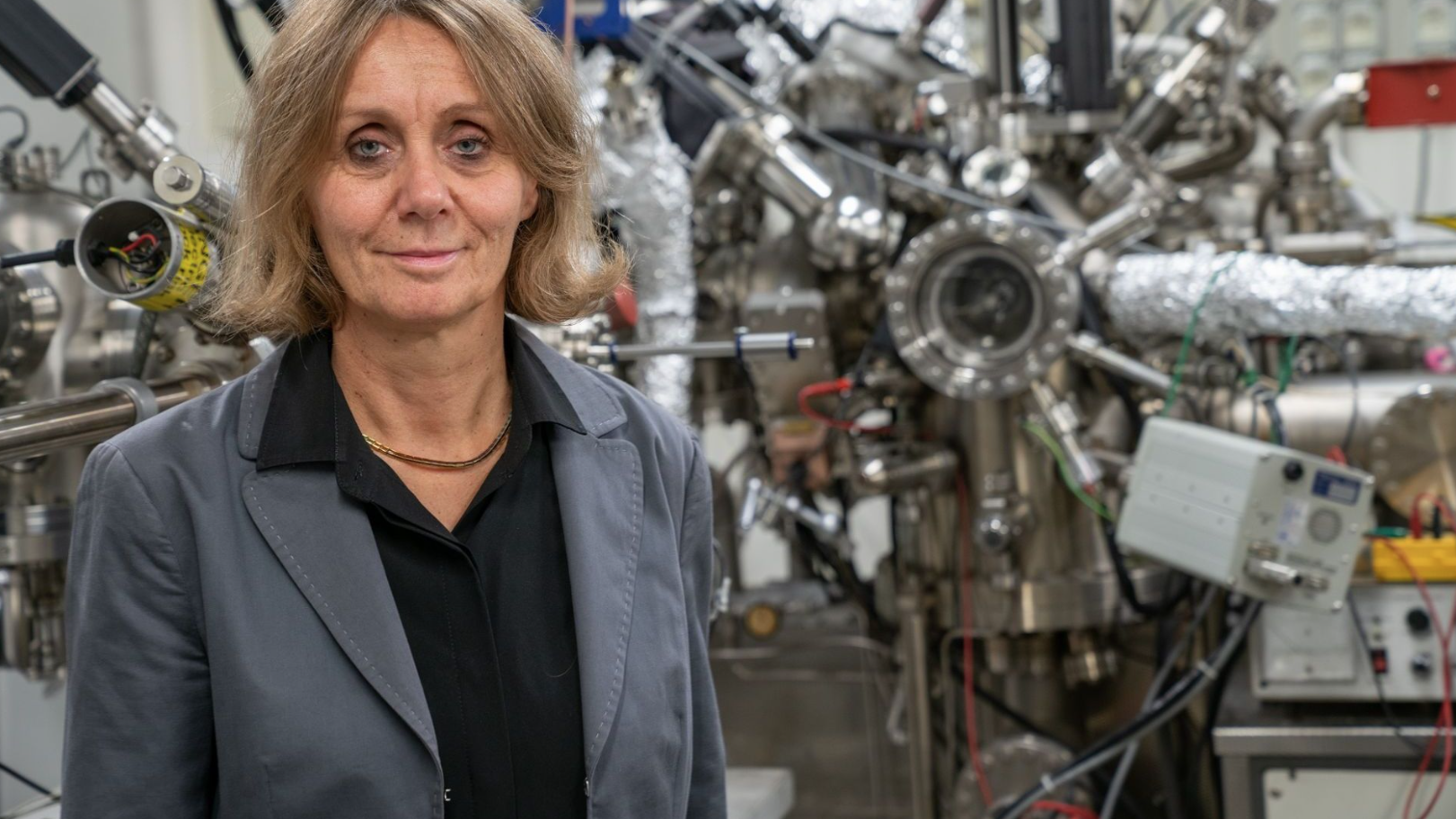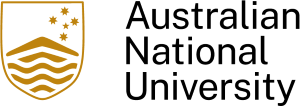
2025 Birch Lecture
The 2025 Birch Lecture, honouring Arthur J. Birch, will feature Professor Roberta Sessoli from the University of Florence. Known for her work on single-molecule magnets and quantum technologies, Sessoli's achievements include numerous prestigious awards and memberships in top scientific academies.
Speakers
Content navigation
RegisterDescription

The Birch Lecture was established in 1981 in honour of Arthur J. Birch, MSc (Sydney & Manchester), DPhil (Oxon), FRIC, FRACI, FAA, FRS, to pay tribute to his extensive contributions to the Research School of Chemistry since its foundation in 1967.
The aim of the visit of the Birch Lecturer is to enable eminent chemists to deliver a series of lectures on their research and to interact with School students and staff. Birch Lecturers are chemists who are at the peak of their international career.
The award is allocated on an annual basis and the Birch Lecturer will spend about one week in the School.
Agenda
Spins in Molecules: A Versatile Platform for Quantum Technologies
4:00 PM - 5:00 PM
Presented by Professor Roberta Sessoli from the University of Florence. Known for her work on single-molecule magnets and quantum technologies, Sessoli's achievements include numerous prestigious awards and memberships in top scientific academies.
Reception
5:00 PM - 6:00 PM
A reception will be held immediately after the lecture. Attendees will have the opportunity to engage in discussions. Drinks and canapes will be provided.
Abstract
In this International Year of Quantum Science and Technology, marking a century of quantum mechanics, we witness significant advancements in artificial intelligence and quantum computing, both pivotal in addressing fundamental challenges in physics and chemistry. This progress prompts us to consider whether there is still space for basic research on alternative platforms.
Spins, fundamental quantum systems, act as the building blocks of quantum computation—qubits. Their ubiquity and the ability to fine-tune their properties through chemical design make molecular spins particularly fascinating. As a quantum platform, spins offer both advantages and challenges. Their weak coupling with the environment enhances coherence times but complicates single-spin control and readout. Traditional magnetic fields, essential for spin manipulation, cannot be confined to the single-molecule level, and the Zeeman interaction is often weaker than thermal energy at room temperature, hindering high-temperature operation.
Integrating spins with optical interfaces has addressed several of these challenges, as demonstrated by the success of quantum technologies based on nitrogen-vacancy defects in diamonds.
By drawing inspiration from nature, which has selected chirality as a central element of life through millions of years of evolution, we are exploring innovative pathways that leverage molecular structure. It is well assessed -though not fully understood - that a chiral medium can filter the electrons depending on their spin polarization, the direction of motion, and the handedness of the medium. The recent demonstration that the phenomenon also occurs at the intramolecular level opens the perspective of an innovative spin-to-charge conversion that does not affect the coherence of the spin qubit but opens the perspective of efficient control and readout.
Biography
Roberta Sessoli developed her career at the University of Florence where she has been a full professor since 2012. Working at the interface between chemistry and physics, she played a key part in the discovery of single-molecule magnets (SMM), i.e. magnetic bistability and memory effect at the single molecule scale, that opened up an entirely new field in magnetism and nanotechnology. She extended the investigation of the phenomenon to molecules on metalling and superconducting substrates to explore novel hybrid interfaces. Her current interests include molecules with highly coherent spin dynamics for quantum information and the interplay between magnetism and chirality as a new tool in spin chemistry and physics.
For her scientific achievements, she has been selected as a member of the Science and Technology Advisory Council of the President of the European Commission Manuel Barroso. She is a member of the Academiae Europaeae, the European Academy of Science, the Accademia Nazionale dei Lincei, and the German Academy of Science Leopoldina. She is Associate Editor of the Inorganic Chemistry journal of the American Chemical Society. She received prestigious prizes including the Solvay Chair in Chemistry for the year 2025, the Gonzáles-Ciamician Prize of the Spanish Royal Society (2020), the Centenary Prize of the Royal Society of Chemistry (2019), the Distinguished Woman in Chemistry award from IUPAC (2015), the Lecoq de Boisbaudran Award from the European Rare Earths Society (2015), and the Agilent Technologies Europhysics prize (2002). In 2010 she was awarded an ERC Advanced Grant. Since 2023 she is the corresponding principal investigator of an ERC Synergy Project that explores the potential of chirality for quantum technologies based on the spin.

Location
Ian Wark Theatre, Shine Dome
15 Gordon St, Canberra ACT 2601
